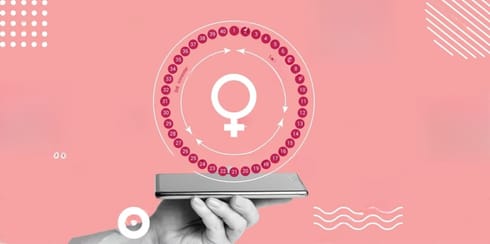
Bridging the STEM Poverty and Gender Gap is Still Needed
By Kara Ngo
In recent years, STEM education, poverty, and gender inequality have become focal points for policymakers, educators, and advocates. The gender gap in STEM fields is a persistent issue that limits individual potential and hampers societal progress. As diversity, equity, and inclusion (DEI) policies are threatened, there is an urgent need to address these disparities and create pathways for underrepresented groups to thrive in STEM careers.
Despite progress in many areas, women continue to be underrepresented in STEM fields. According to the National Science Foundation (NSF), women make up only 28% of the science and engineering workforce. The gap is even more apparent in certain fields, such as computer science and engineering, where women constitute less than 20% of the workforce. Societal norms, stereotypes, and a lack of female role models often dissuade girls from pursuing STEM subjects from a young age. Unconscious bias and a hostile work environment add to the issue, creating barriers to entry and advancement for women in STEM careers.
Poverty adds another layer of complexity. Students from low-income backgrounds often lack access to quality education and resources that can spark interest in STEM subjects. Financial constraints may also deter students from pursuing higher education and careers in STEM fields. To address these disparities, early intervention and encouragement are crucial. Schools and community programs should provide hands-on STEM experiences, mentorship, and positive reinforcement. Ensuring access to quality STEM education for all students, regardless of socioeconomic status, is essential. This includes investing in schools in underfunded communities and providing scholarships and financial aid for STEM programs.
Mentorship programs and support networks for women in STEM can help navigate the challenges of these fields. Organizations must work to eliminate unconscious bias and create inclusive work environments. DEI policies should focus on fair hiring practices, equal pay, and opportunities for career progression.
Critics of DEI policies argue that these initiatives prioritize identity politics over merit, creating division and resentment among employees. They claim that DEI programs often lead to ideological conformity rather than true diversity and that they can be ineffective and divisive. However, these criticisms overlook the systematic barriers that underrepresented groups face and the importance of creating an inclusive environment where everyone has the opportunity to succeed. DEI policies are essential for addressing unconscious bias, promoting fair hiring practices, and ensuring equal opportunities for career advancement. By fostering diversity, equity, and inclusion, organizations can harness a wider range of perspectives and experiences, leading to greater innovation and societal progress.
As DEI policies evolve, it is more crucial than ever to recognize the unique challenges faced by women in STEM, especially those from low-income backgrounds. Systemic racism, gender discrimination, and other biases are woven into the U.S. educational system, creating significant impediments for women, Black, Hispanic, American Indian, and Alaska Native people, as well as individuals with disabilities.
According to the Pew Research Center, “Black and Hispanic workers remain underrepresented in the science, technology, engineering and math (STEM) workforce compared with their share of all workers.”
By addressing the unique challenges faced by these groups, we can create a more diverse and inclusive STEM workforce that reflects the richness of our society. This will allow us to bridge the gender and poverty gap, ensuring that all individuals have the opportunity to excel in STEM fields. The journey towards equality in STEM is not just a matter of fairness but a necessity.



